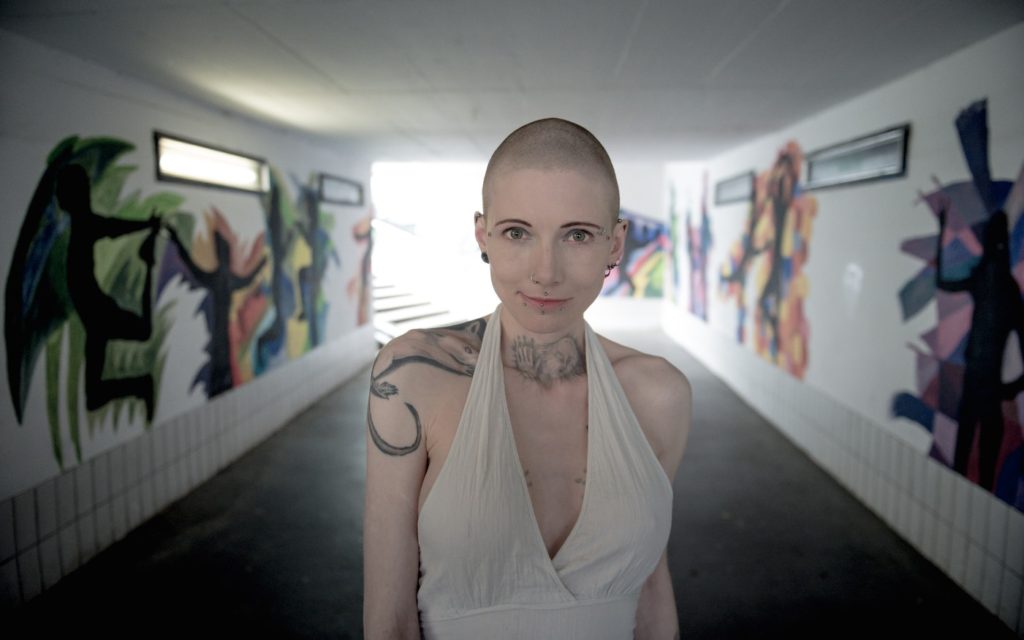You might think that your life would be easier and infinitely more fulfilling if your IQ were higher. Don’t smarter people have it easier, because they always have the answers? And don’t they get the best career opportunities and make more money than anyone else? In our most recent blog post, Chantal explores some of the downsides of being highly intelligent or a high achiever to illustrate how the LEAP Journey might help those individuals who have become stuck, because they have too many options, or because they are afraid of failing or making a mistake. […]
The curse of intelligence: How we limit ourselves by being human knowers instead of human beings












